A business consultant who is contributing to revival of US cricket
His passion for cricket nostalgia and emotions has paid off with an audience that has grown organically to more than 87,000 followers across multiple countries.
 Debjit Lahiri. / Ishani Duttagupta
Debjit Lahiri. / Ishani Duttagupta
Debjit Lahiri, a business consultant based in Milwaukee, US, launched Forgotten Cricket Memories on Instagram as a passion project, not a commercial venture, focusing on human-centered narratives.
“This began as a deeply personal experiment during the pandemic to reconnect with the stories I grew up hearing from my grandfather—about cricket’s golden eras and the matches I watched with him in the 90s,” Lahiri explains. He realized that much of the sport’s cultural history was disappearing from mainstream memory, particularly on modern digital platforms designed for speed and going viral.
Lahiri moved to America in 2024 for a consulting engagement with a US client while working in the consulting division of a major Indian technology firm in Bengaluru.
He wanted to move away from the social media around cricket that celebrates noise - statistics, rivalries, comparisons of star players, and memes. “I wanted to slow that down. Forgotten Cricket Memories grew from the belief that sport carries memory, emotion, and heritage, and that audiences still crave authenticity amid the clutter. I wanted to remind people why they fell in love with the game in the first place,” he says.
And his passion for cricket nostalgia and emotions has obviously paid off with an audience that has grown organically to more than 87,000 followers across multiple countries. And while it is no surprise that the largest segment of followers are from India (about 78 percent of the total), but interestingly, the United States is now the second-largest ahead of several traditional cricketing nations.
Other geographies where his audience come from include the UK, Australia, and the UAE. “What’s most interesting is the demographic: nearly 43 per cent are above the age of 35, people who grew up with 1980s-2000s cricket and now use digital media for nostalgia and depth rather than quick entertainment. While often social media metrics are associated with only a very young GenZ population, this engagement pattern shows there is a segment beyond that and has helped me understand how long-form storytelling can thrive even on platforms designed for quick-scrolling,” says Lahiri.
 Records suggest a cricket club existed there as early as the mid-1800s, with Abraham Lincoln reportedly attending a match between Milwaukee and Chicago teams. / Ishani Duttagupta
Records suggest a cricket club existed there as early as the mid-1800s, with Abraham Lincoln reportedly attending a match between Milwaukee and Chicago teams. / Ishani DuttaguptaRiding the wave of the new professional T20 cricket league in the US and its growing popularity, Lahiri is increasingly focused on US cricket’s lesser-known stories. These include early diaspora leagues and immigrant coaches from South Asia and the Caribbean. Success stories like that of Indian American cricketer Sushant Modani, who represents the sport’s success in America, are very popular too. “Then there are second-generation players such as Ayan Desai—born and raised in the US, without any inherited cricket nostalgia, yet finding their own pathway to the national team,” Lahiri adds.
He also delves into the often-forgotten aspect of America having one of the world’s oldest cricketing histories.
During a visit to the Germantown Cricket Club in Philadelphia earlier this year, Lahiri learned that cricket was played there as early as the 1850s. He explains the club’s profound historical significance: “Even Ranjitsinhji, the Indian prince and one of India’s early cricket heroes, had once graced those grounds. In that same ground, played an American player called Bart King—who is often considered one of the earliest proponents of modern swing bowling.”
His story on the club and Bart King is among the most viewed pieces in his project.
He views himself as a contributor to the US cricket revival—an exciting phase marked by rapidly emerging leagues, new funding, and infrastructure. Lahiri stresses that for this momentum to be sustained, “Strong administration and consistent grassroots support will be essential”. He explains how his project, Forgotten Cricket Memories, documents “some of these journeys—from the sport’s 19th-century roots to its modern revival—and helps build cultural awareness of cricket in America through storytelling.”
Lahiri strongly believes that his strength lies in writing long-form, human-centred narratives on Instagram - simply out of passion, and never as a commercial venture. “Over time, those stories began reaching audiences far beyond what I expected, proving that historical depth still resonate online. Today, I treat this as a digital preservation effort - researching, writing, and then curating stories that keep cricket’s forgotten moments alive for future generations. It’s not just about presenting facts but also story lining it in a way that makes history enjoyable to read,” he explains.
Typically, most stories involve in-depth secondary research, like going through match footage, old match reports and scoreboards. For some pieces, especially ones around US Cricket, he also relies on first-hand conversations with players, coaches and administrators.
Going forward, Lahiri plans to take his project beyond Instagram but will always remain within the scope of non-commercial storytelling. His goal is to archive the narratives responsibly and eventually collaborate with cricket museums, cultural institutions, or academic spaces that study sport as part of social history.
“I’m also exploring podcast-style adaptations with former Indian cricketer Robin Uthappa to make these stories accessible and enjoyable to younger audiences, while keeping it educational and passion-driven,” he says.
According to Lahiri, Indian American cricket is transitioning from being a source of nostalgia for immigrants into a genuine cross-cultural movement. This evolution is powered by increased access to better facilities, widespread streaming and broadcasting of matches, and the emergence of a younger generation that identifies equally with India and the US.
Lahiri stresses that stories also play a major role, noting that when people see their community represented meaningfully, participation follows. This dynamic is evident in the rise of competitive private cricket leagues across the US, which are primarily driven by South Asian immigration.
But for cricket to truly take root as a mainstream American sport, Lahiri emphasizes that local assimilation is crucial, particularly the inclusion of the game in schools and colleges. “That’s when it will stop being seen as an ‘imported’ game and start becoming part of the American sporting identity. For certain it would never rival the big American sports such as football, baseball, or basketball; but cricket has the potential to occupy a unique niche in the large sporting ecosystem here.”
Lahiri, who currently lives in Milwaukee, Wisconsin, uses his home city as a case study. He notes that while it’s a relatively smaller American city, it boasts a rich sporting history—from the Green Bay Packers in the NFL and the Milwaukee Brewers in MLB to the Milwaukee Bucks in the NBA—embodying an ‘underdog spirit’.
Cricket has a quiet but growing presence here too, driven by the Milwaukee Premier League and active participation from the South Asian community. He adds an interesting historical nugget: records suggest a cricket club existed there as early as the mid-1800s, with Abraham Lincoln reportedly attending a match between Milwaukee and Chicago teams.
He has been in the US a little over a year and feels enriched with the experience both professionally and personally as he applies analytical thinking to business problems while devoting time outside of work to his passion project with an educational and cultural purpose. “Living in the U.S. has given me a new perspective on how sports, culture, and identity intersect - especially as cricket begins to rediscover its place in American life,” he says.
ADVERTISEMENT
ADVERTISEMENT
E Paper
Video



1747754650.png) Ishani Duttagupta
Ishani Duttagupta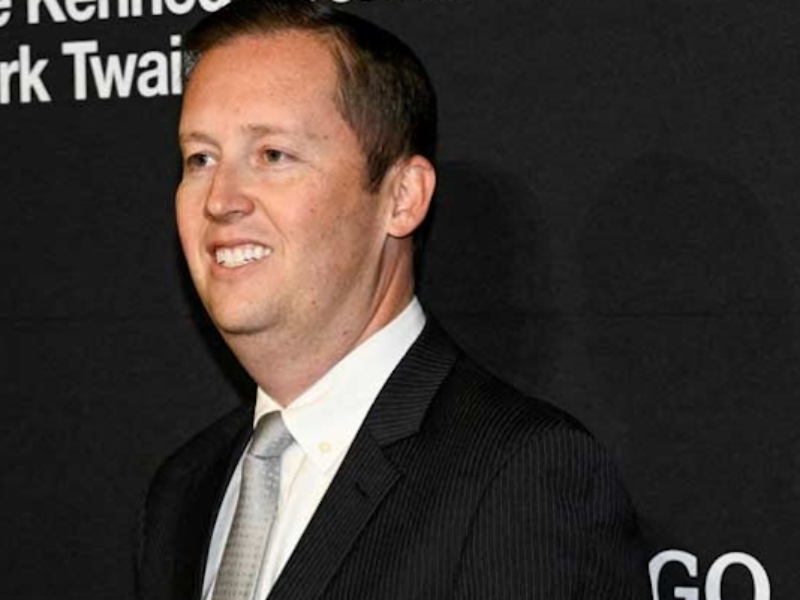
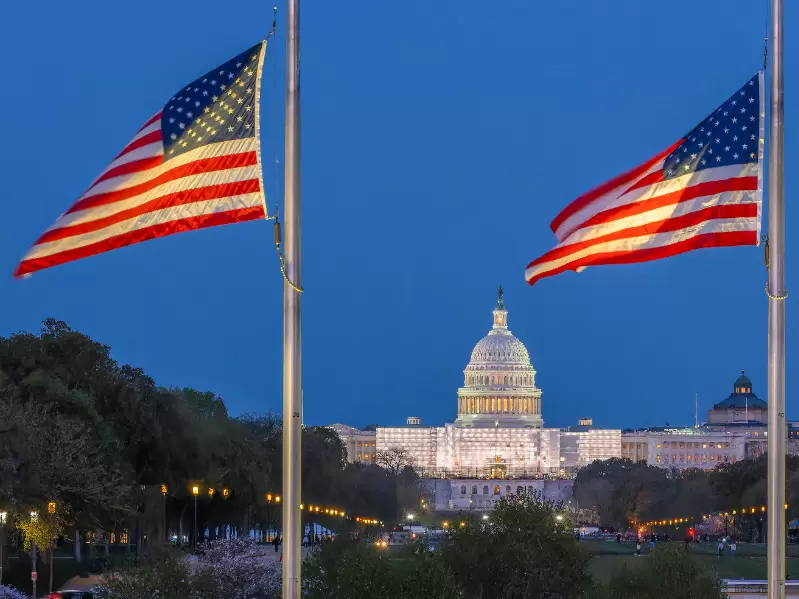
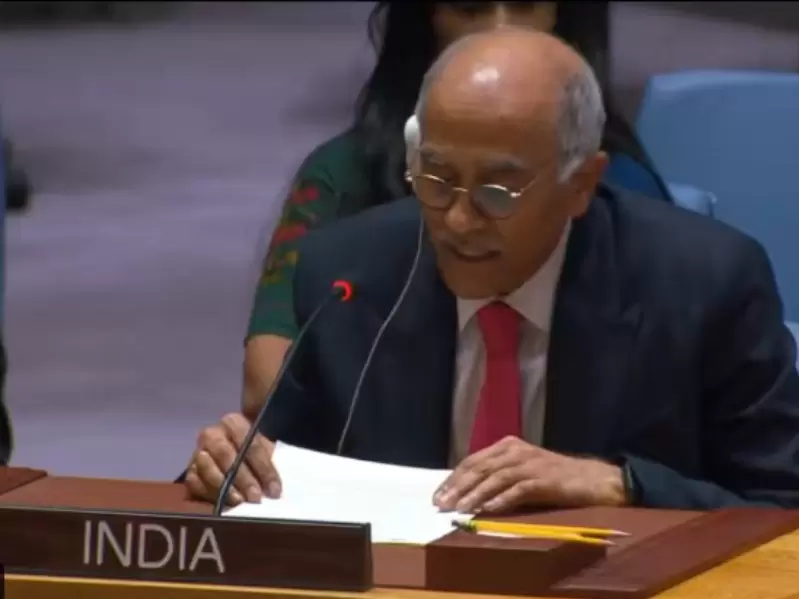
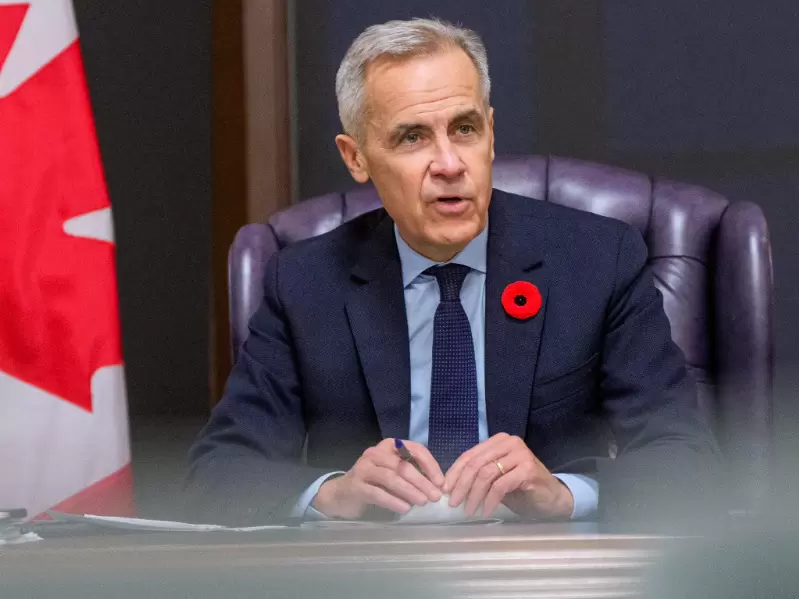
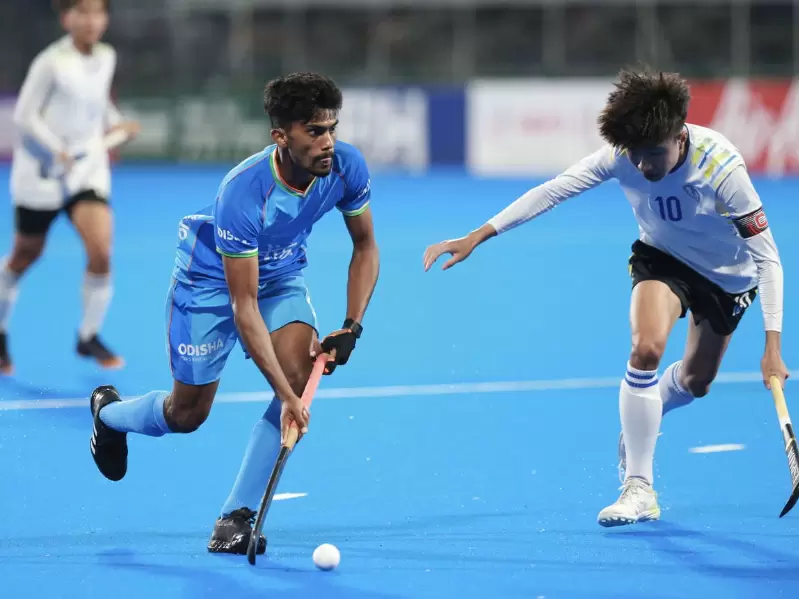


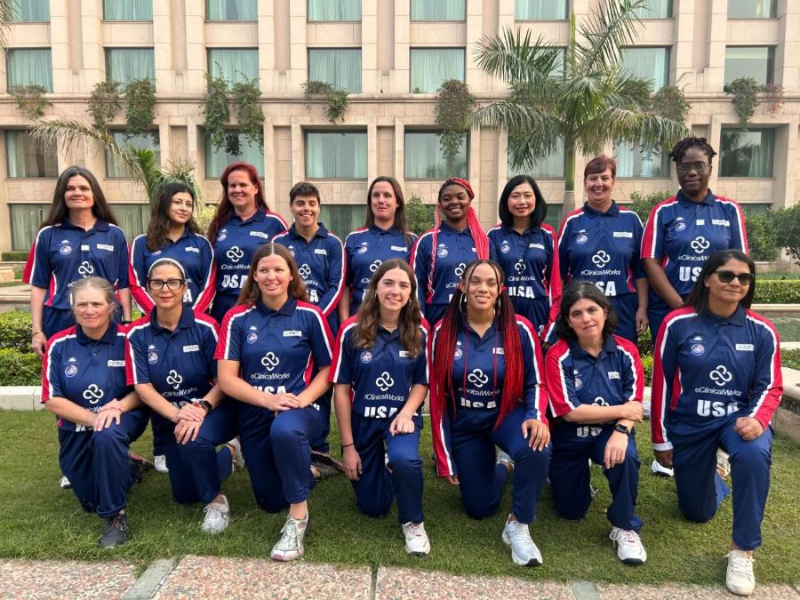

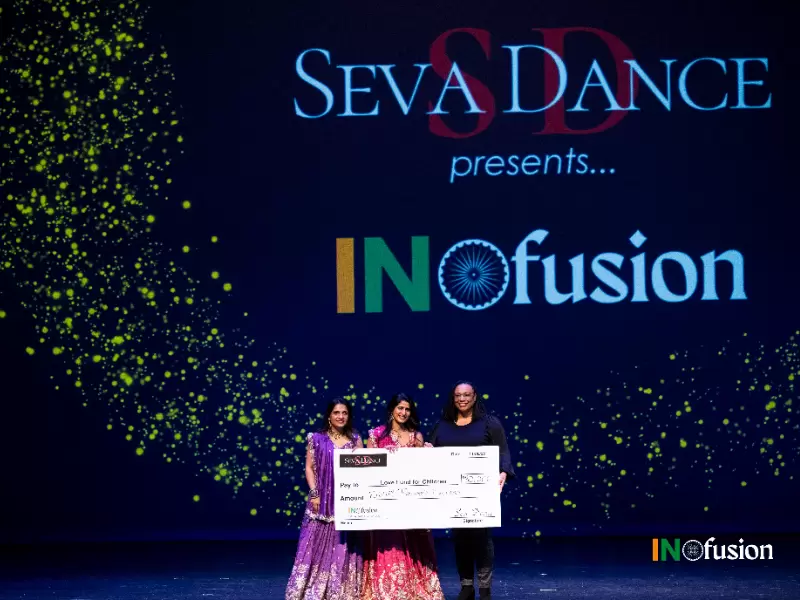
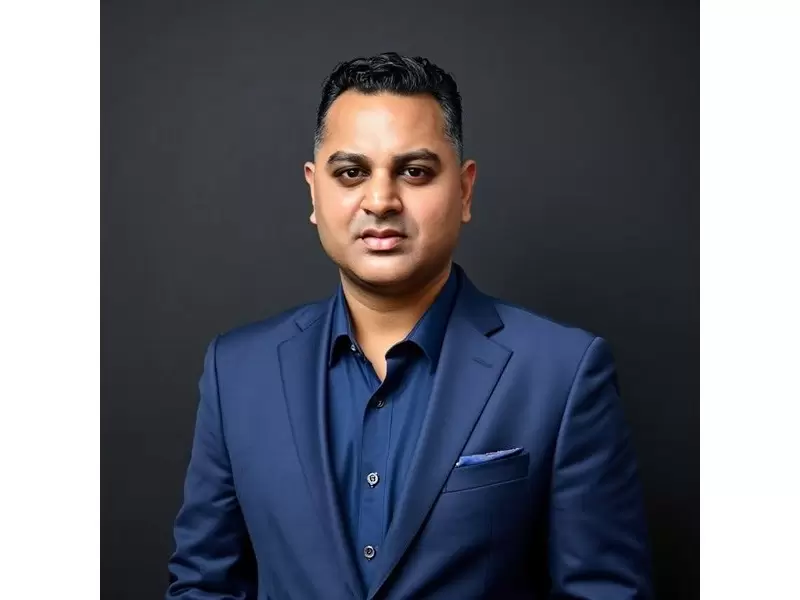

Comments
Start the conversation
Become a member of New India Abroad to start commenting.
Sign Up Now
Already have an account? Login